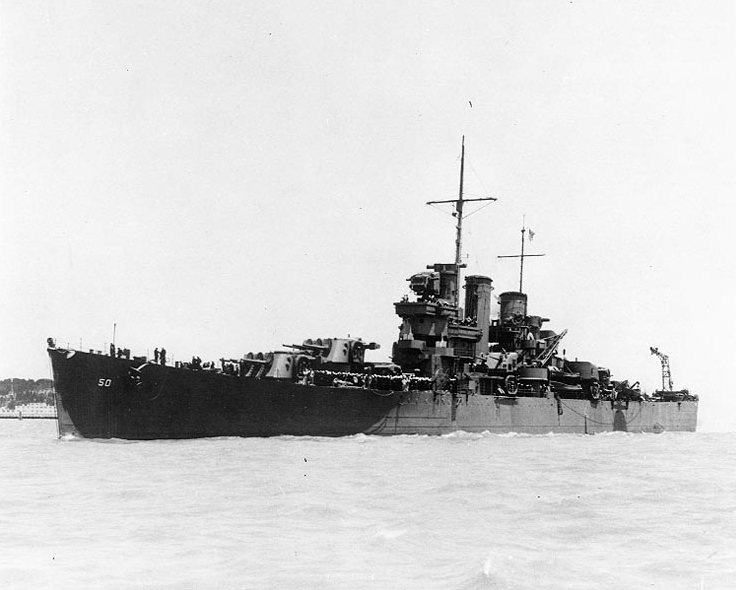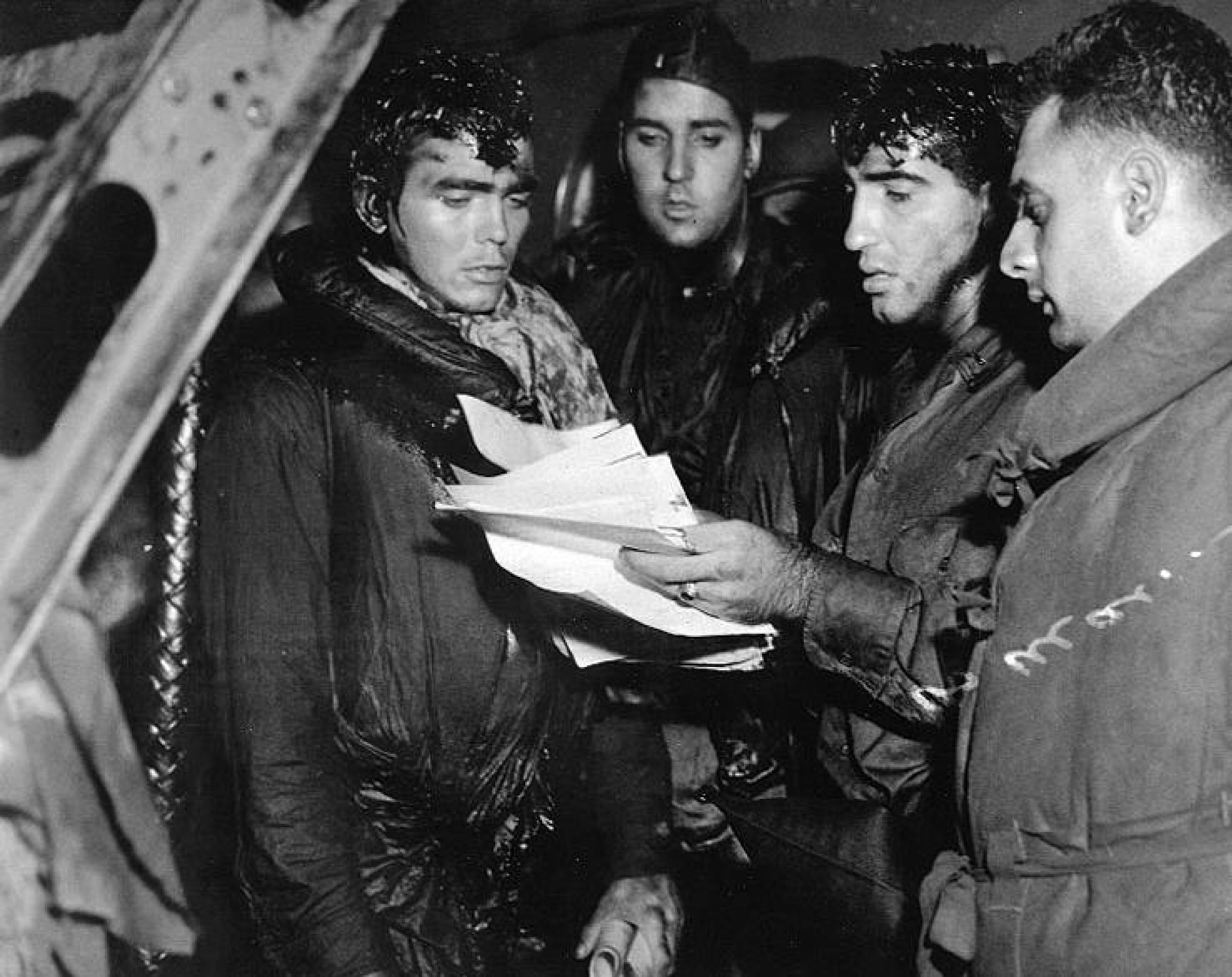The USS Helena CL-50
Named after Montana’s Capital City, the light cruiser Helena was barely two years old when it was struck by a torpedo at Pearl Harbor.
At 7:57 on December 1941 Seaman C.A. Flood spotted five planes over Ford Island, and recognized them as Japanese. The officer of the deck sounded general quarters and called for live ammunition. Crewmen ran for their duty stations as a Japanese plane strafed the ship. Seconds later a second plane dove straight for the Helena, releasing its torpedo in mid-channel. The torpedo passed under the ancient USS Oglala, ripped a forty-foot hole in the Helena’s hull, and tore into the engine room. The blast roared through the open
passageways of the ship, incinerating sailors.

• Commissioned – Sept. 18, 1939
• Propulsion – 8 steam turbines, 4 screws
• Speed – 32 knots
• Displacement – 13,000 tons (loaded)
• Length – 608 feet
• Complement – 888 men in peacetime, 1,200 wartime
• Aircraft – 4 Curtiss SOC-2 Seagulls
• Sensors – radar
• Armament
– 15 – 6-inch/47 guns (5 – triple mounts)
– 8 – 5-inch/38 guns (4 – twin-mounts)
– 8 – .50 caliber antiaircraft guns

Of the Helena’s crew, 34 were killed in the attack, and 69 more were wounded. “There was guys on the docks stacked up like cordwood,” recalled Bill Sunderland of Darby, one of the Montana men aboard.
The USS Helena was patched back together and managed to limp under the power of a single engine to a shipyard at Mare Island, California, where the ship underwent months of repairs. The Helena was then sent to the Solomon Islands to help in the Guadalcanal campaign. On September 19, 1942 the Helena helped rescue 400 seamen from the torpedoed USS Wasp.
On the night of October 11, 1942 the Helena’s new radar picked up several oncoming Japanese ships, and the gunners opened fire. With modern guns that used brass cases instead of powder bags, the Helena could fire 150 rounds per minute, and within minutes had sunk a Japanese cruiser and a destroyer. Tokyo Rose would dub the Helena the “machine gun ship.”
Only a few weeks later the Helena repeated its performance at the Battle of Guadalcanal, which an American admiral would describe as the “the fiercest naval battle ever fought.” The crack gunners promptly set a Japanese cruiser ablaze and then opened fire on three other enemy ships, including a much larger battleship. The battleship was so close that it couldn’t depress its guns enough to hit the Helena. “The range was so close its fourteen inch shells were now passing over our heads: emitting a chugging sound from the compression waves,” remembered radarman Ray Casten.
On July 6, 1943 an American fleet steamed into Kula Gulf in the Solomon Islands, where ten Japanese ships were soon encountered. Once again the Helena sank a destroyer and crippled another. The speed of the gunners made the Helena an awesome sight in battle, but the constant muzzle flashes also made the cruiser a well-lit target. Nine minutes after opening fire, a Japanese “Long Lance” torpedo slammed into the bow of the Helena near the No. 6 turret, killing everyone in the forward engine room. Radio officer C.G. Morris picked himself off the deck, “in total bewilderment, unable to believe we had been hit.” Two more torpedoes struck the Helena, and the order was given to abandon the ship.
- USS Helena survivors after being rescued in the aftermath of the Battle of Kula Gulf.
A second USS Helena (CA-75) was launched in April 1945, and participated in the Korean War.

Read more about the USS Helena (CL-50 and CA-75)



One thought on “The USS Helena”